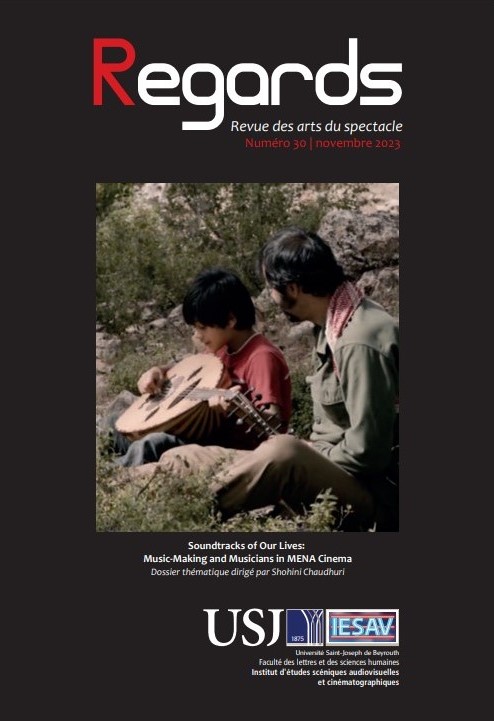Abstract
The Persian term pahlavan represents an archetypal character of a strong man who is generous, uncorrupted, and humble in the face of weakness. This paper will focus on sonic aspects of the pahlavan by zooming in on one of Masoud Kimiai’s films, Dash Akol (1971), which is based on a story of the same name by Sadegh Hedayat. First, I will concentrate on how the movie links heroic masculinity to the Persian classical music mode Chahargah and the instrument tombak-e zurkhaneh, and contrasts it with the tragic and romantic associations of Dashti, another Persian classical mode, representing another, more vulnerable facet of the protagonist’s character to highlight his inner tension. Secondly, I will explore the role of silence and non-verbal communication in the plot, dialogue, and characters. I will demonstrate how the silence of Dash Akol's character regarding his love for young Marjan echoes a history of masculine ethics of silence, also intertwined with Iranian mysticism and lyricism.

